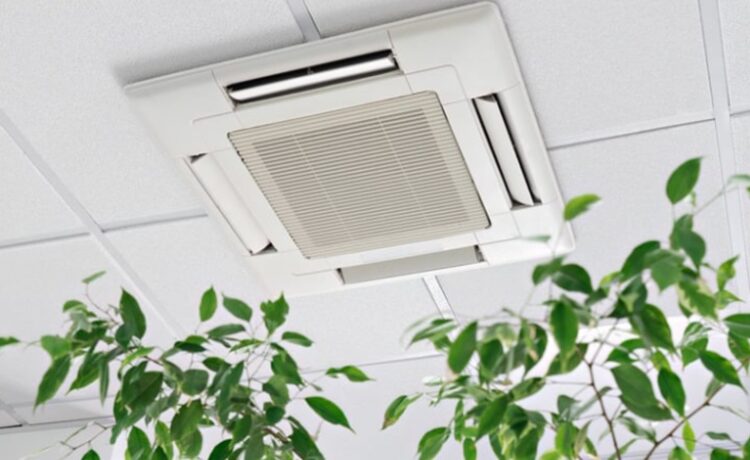Indoor air quality has a direct impact on health, comfort, and overall well-being. While filtration systems, HVAC maintenance, and ventilation upgrades receive most of the attention, one often overlooked contributor is the condition of seals around windows, doors, and ducts. When seals deteriorate or fail, they allow outside air, pollutants, and allergens to infiltrate your space, undermining the performance of your HVAC system and contaminating the indoor environment.
For homeowners and businesses concerned with indoor air quality in Port Charlotte, maintaining proper sealing throughout the building envelope is a fundamental step in achieving cleaner, healthier indoor air.
How Damaged Seals Compromise Indoor Environments
Worn or cracked seals around entry points and HVAC components can allow outdoor contaminants such as dust, pollen, exhaust fumes, and moisture to seep inside. These unfiltered intrusions disrupt your HVAC system’s ability to maintain a stable, healthy environment. In addition to letting bad air in, they also allow conditioned air to escape, making your HVAC unit work harder and less efficiently.
This increased strain on the system can lead to uneven temperatures, fluctuating humidity levels, and rising energy bills. Repairing seals not only preserves air quality but also enhances the efficiency and longevity of your HVAC system.
Supporting Overall Air Quality Measures
Addressing leaks and gaps complements broader strategies aimed at achieving healthier air. Regular maintenance routines often highlight the importance of indoor air quality and how to improve it, which includes inspecting ducts, using quality filters, and sealing areas where air might escape or enter unintentionally.
Weatherstripping, caulking, and duct sealing are cost-effective ways to restore the integrity of the building envelope. When combined with routine HVAC checkups and filter changes, they create a robust defense against indoor pollutants.
The Health Implications of Poor Air Sealing
Indoor air that is compromised by external pollutants can carry respiratory irritants, bacteria, mold spores, and allergens. Individuals with asthma, allergies, or other respiratory conditions may experience worsening symptoms when air purity is not maintained. Even in healthy individuals, prolonged exposure to indoor pollution can lead to fatigue, headaches, or decreased cognitive performance.
Scientific findings continue to reinforce how indoor air quality impacts your health and well-being. Poor sealing allows the contaminants to bypass filtration systems, making it more difficult to maintain a clean indoor environment, even with high-end HVAC solutions in place. Repairing and upgrading seals offers a direct way to reduce these health risks and promote a more breathable indoor atmosphere.
Conclusion
Maintaining indoor air purity involves more than changing filters or upgrading HVAC systems—it starts with the building’s ability to keep unwanted elements out. Ensuring that all seals are intact, functional, and appropriately reinforced plays a crucial role in defending your living or working space against airborne contaminants. Regular inspections and timely repairs improve HVAC efficiency, reduce energy costs, and support a healthier indoor environment. By addressing small vulnerabilities like cracked seals, homeowners and property managers can make a significant improvement in comfort, cleanliness, and long-term air quality.













